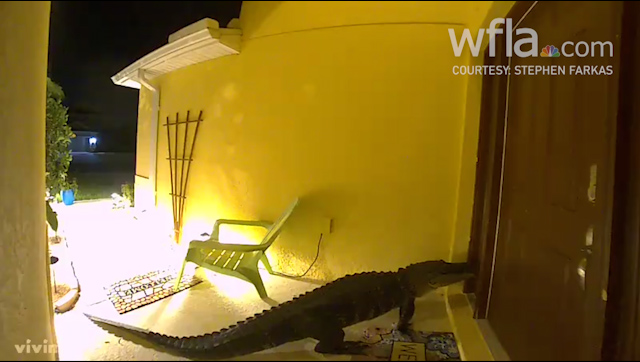As red tide continues floating off our coastline, researchers are aggressively studying the algae bloom.
While it’s tragic for marine life, it’s also a teaching tool for University of South Florida marine biology students.
Video from USF shows the moment researchers put their robotic glider to work.
Dr. Robert Weisberg with the USF College of Marine Science explains, “The way it works, is it adjusts its buoyance so that it’s either heavy and sinks and light and rises to the surface.”
As you can see, this isn’t your typical top of the water research. This one is focusing on the ocean floor.
r. Weisberg explains why.
“So the water may look perfectly clear at the surface, but right along the bottom there might actually a substantial amount of red tide and that might actually get to the beach,” he said.
Guided by a computer on board, the autonomous glider scanned the middle of the continental shelf between Pasco and Sarasota counties.
“The purpose of this mission was to map out a region off shore where we think red tide originates,” Dr. Weisberg said.
As it glides through the water this torpedo-like device is taking water samples and sending the readings back on board the boat.
All of its vital information is now being studied by Dr. Weisberg, his USF students and other marine researchers.
So what did they find? The located a specific area offshore with two major components of a red tide bloom: a high chlorophyll count with a very low oxygen count.
The underwater drones aren’t cheap, however, with hopes of being able to buy more in the future, USF will continue it’s research with the robotic gliders.

